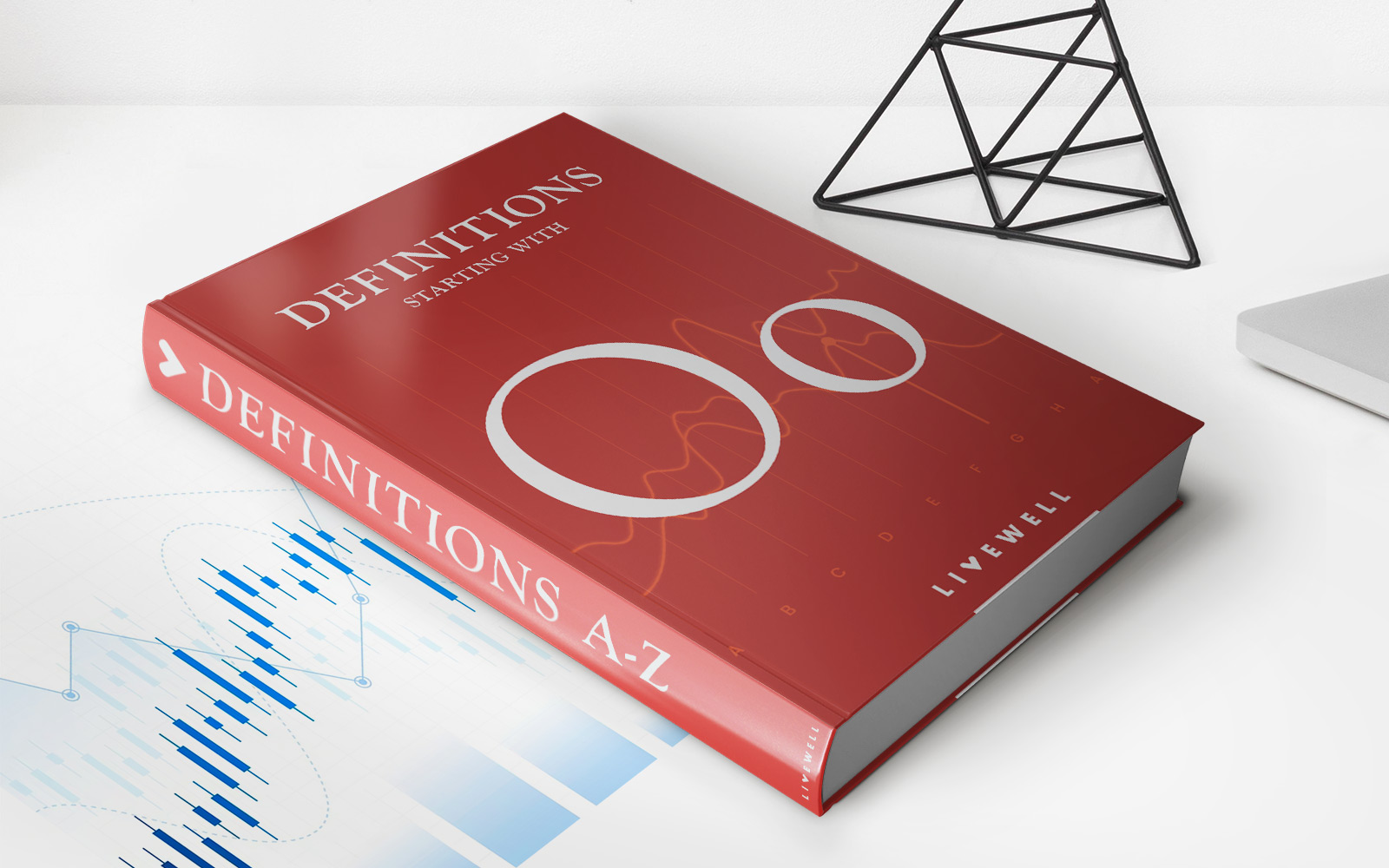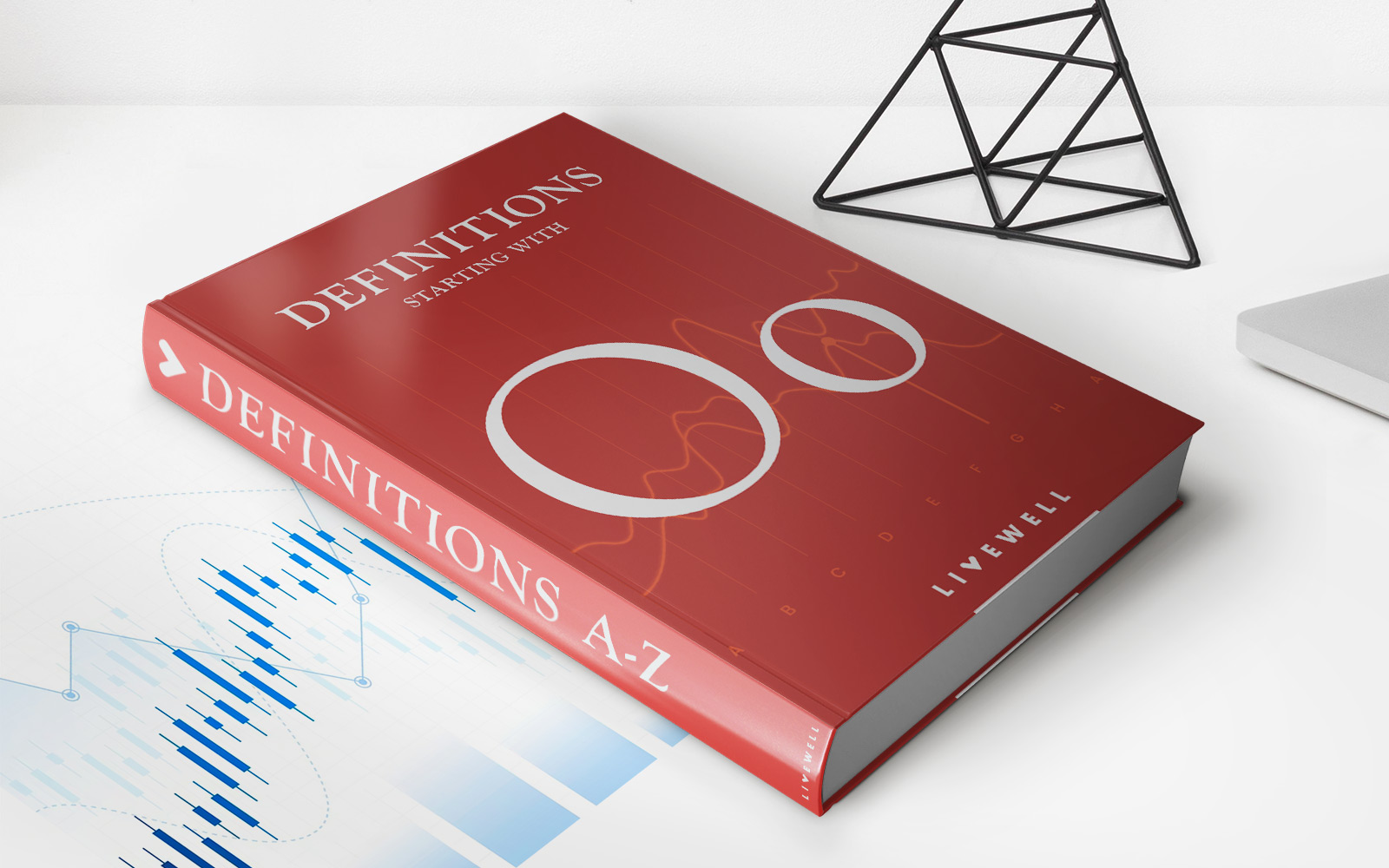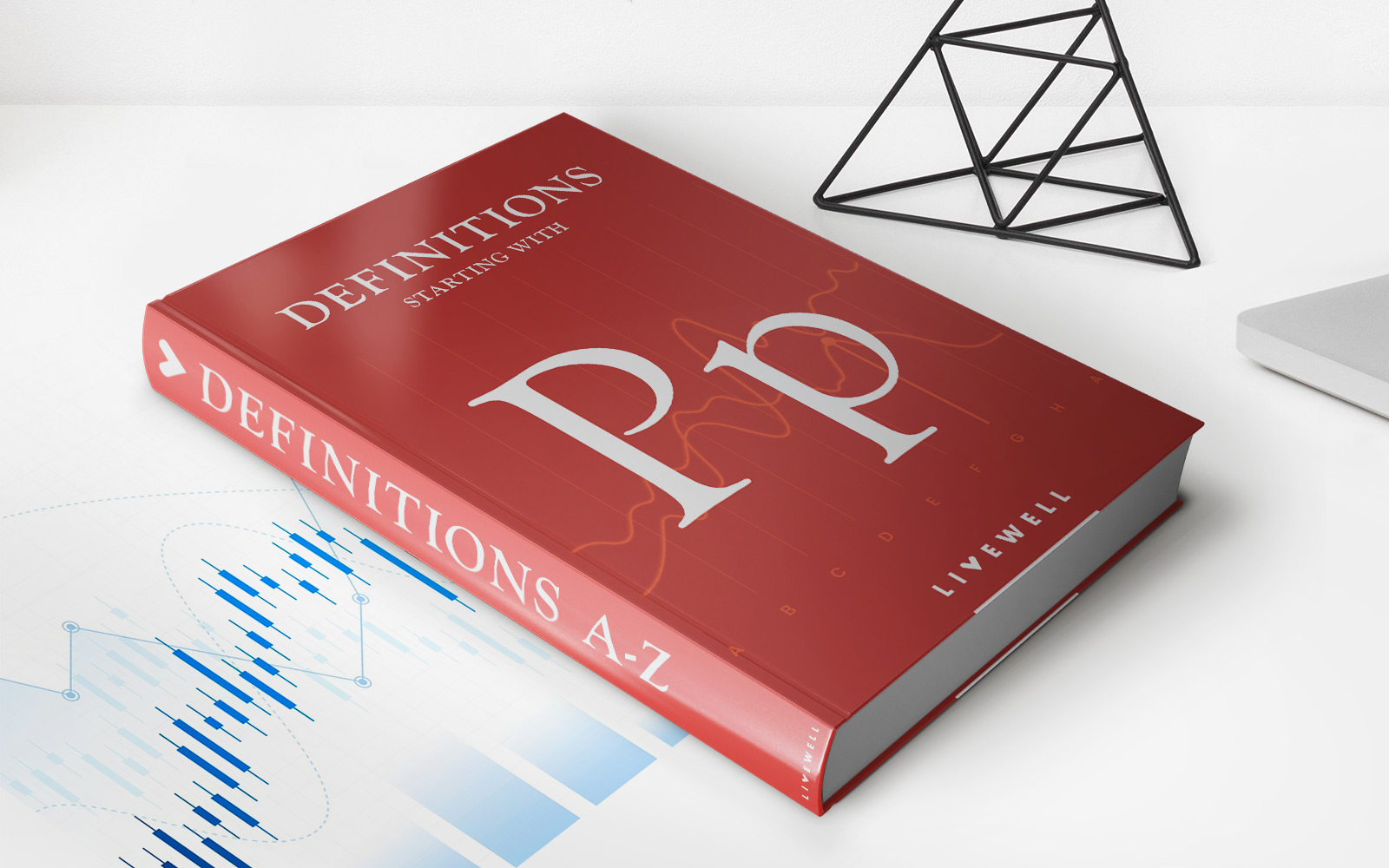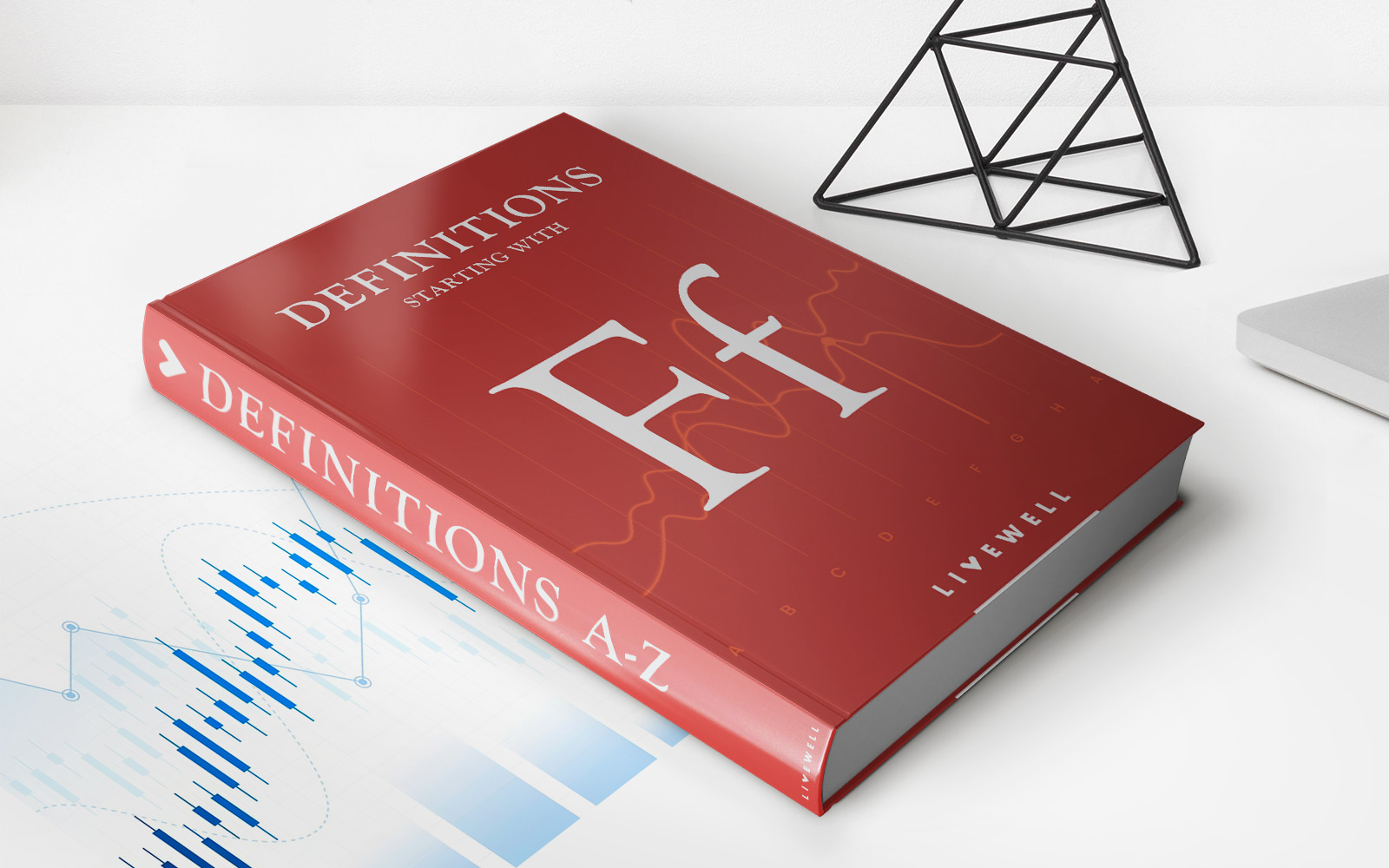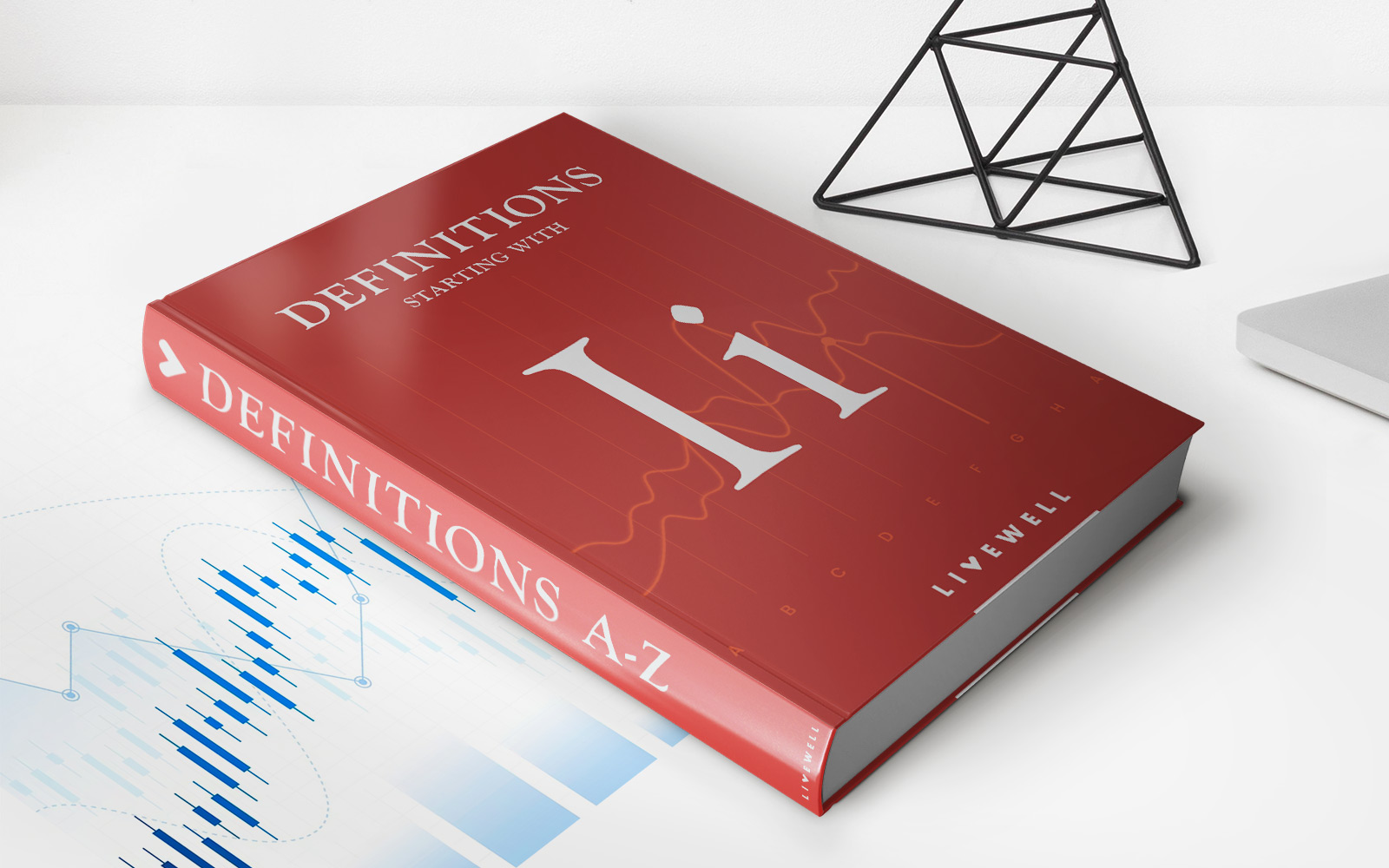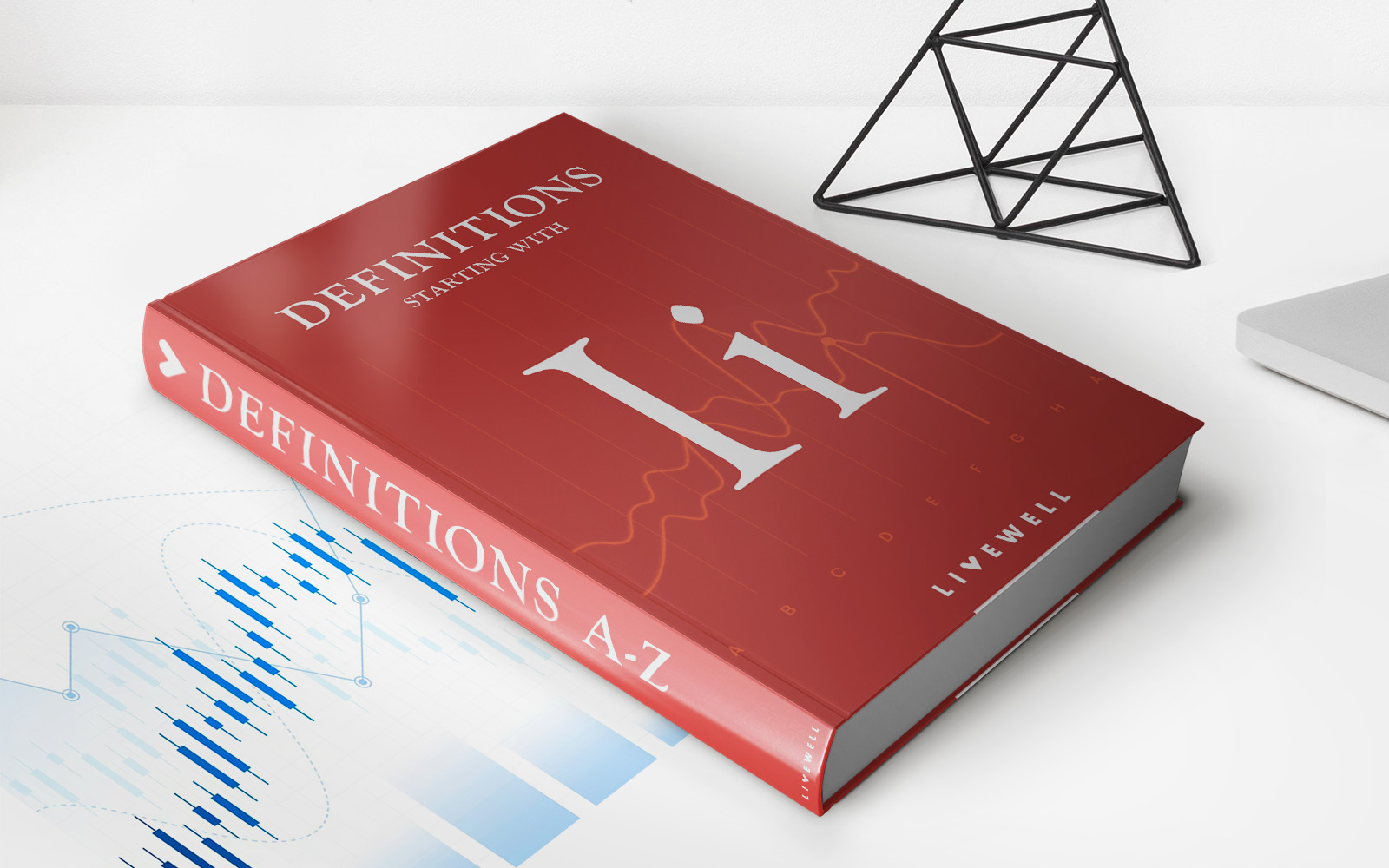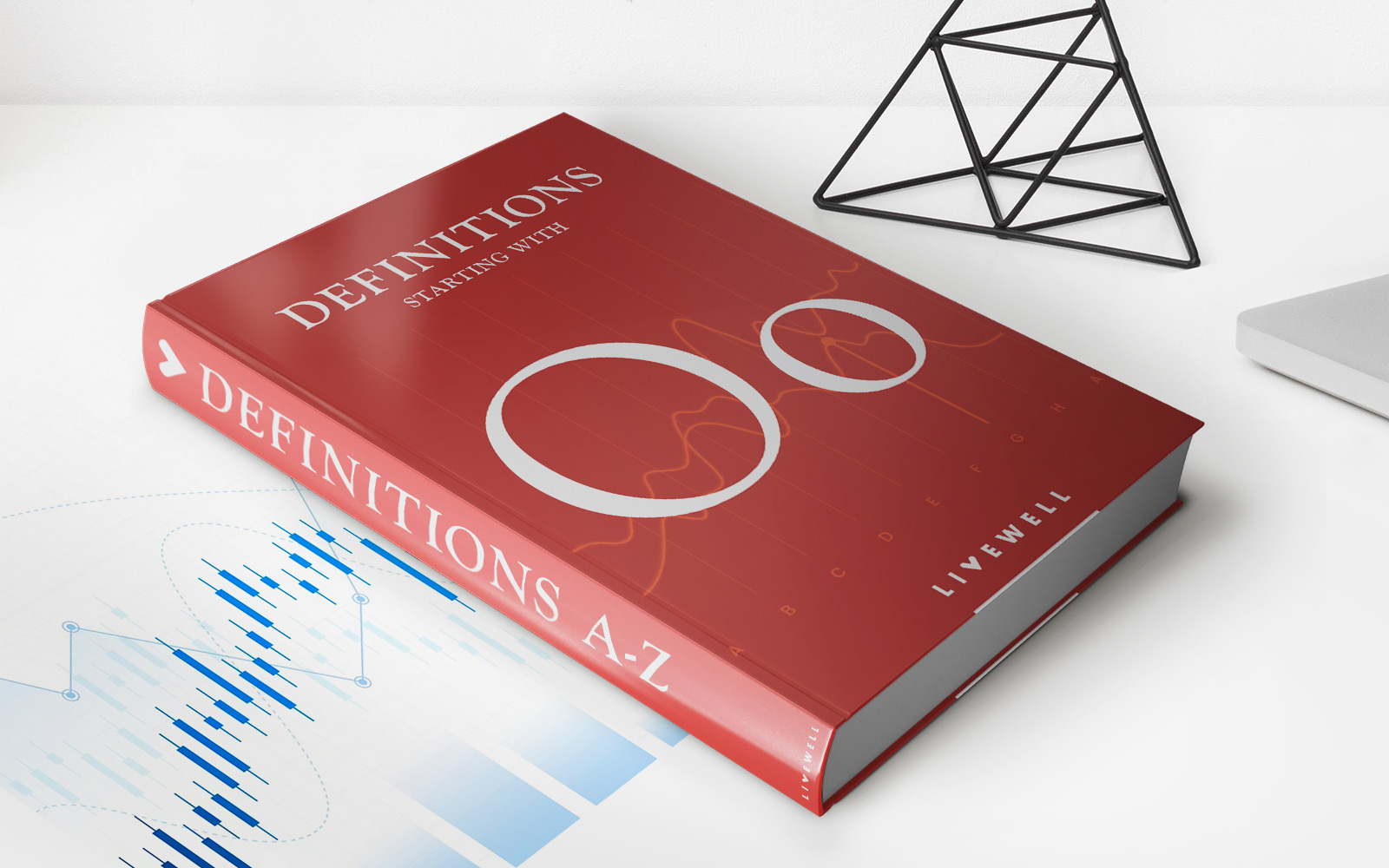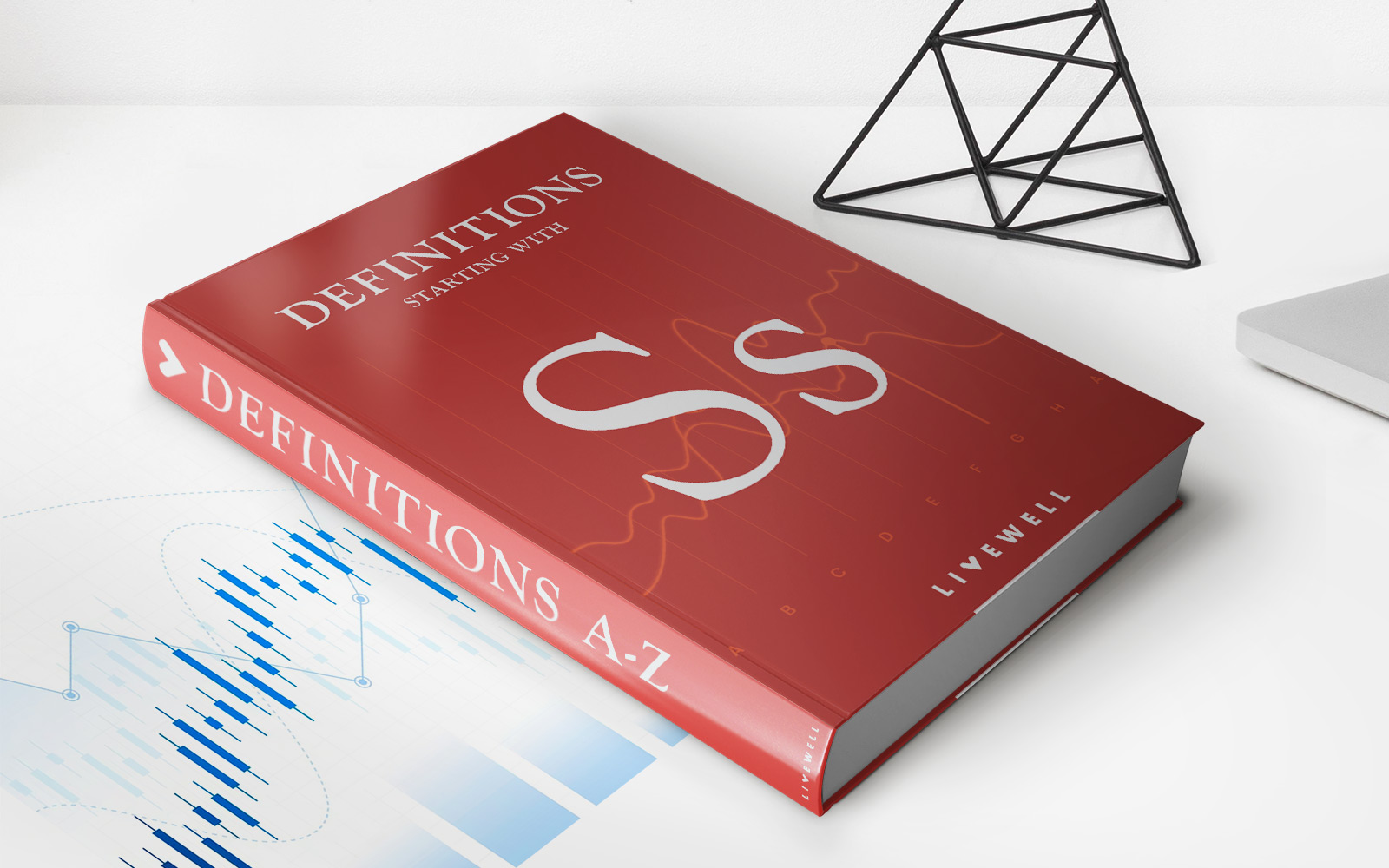Home>Finance>Open Interest: Definition, How It Works, And Example
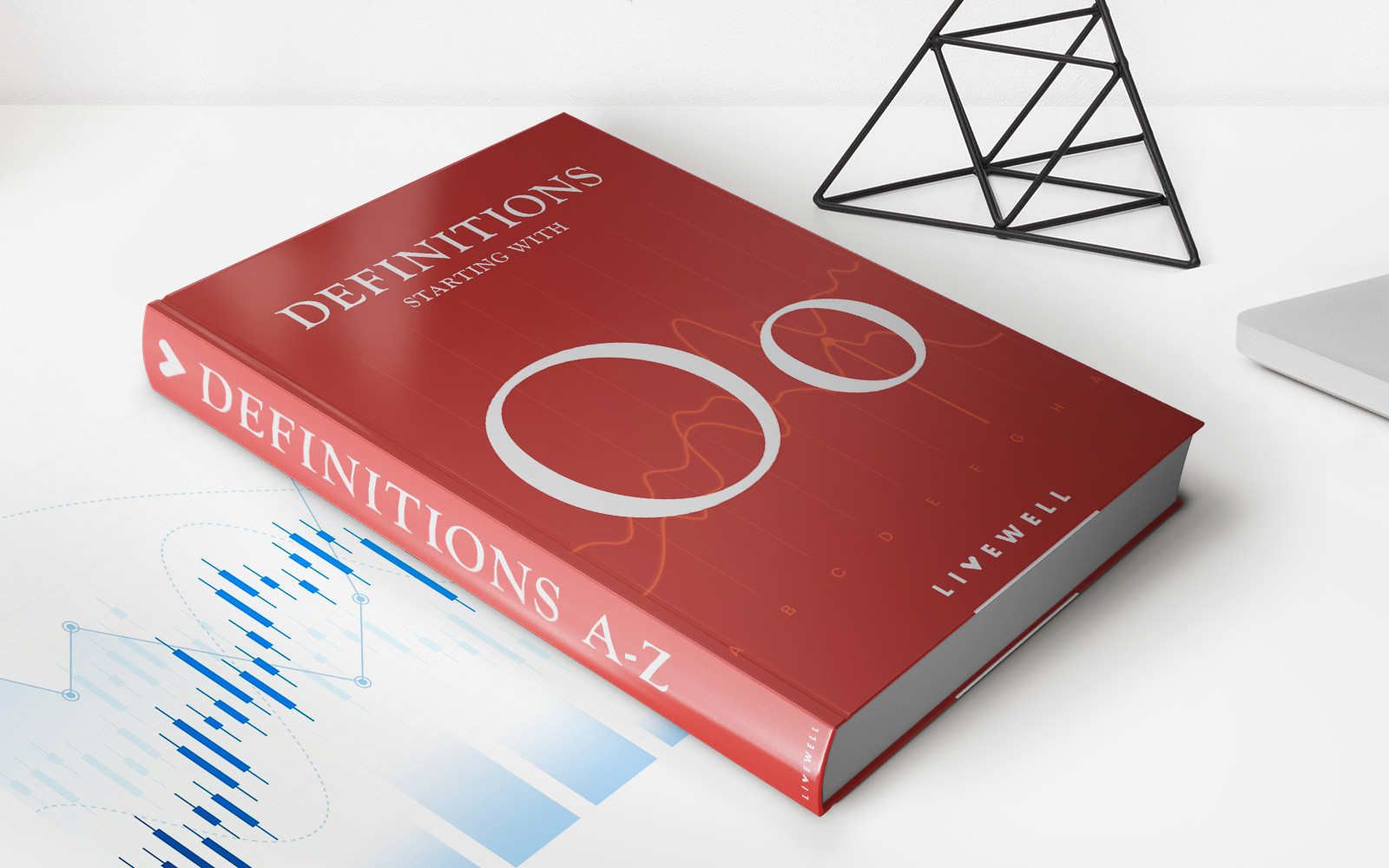

Finance
Open Interest: Definition, How It Works, And Example
Published: January 3, 2024
Learn all about open interest in finance, including its definition, how it works, and discover a practical example.
(Many of the links in this article redirect to a specific reviewed product. Your purchase of these products through affiliate links helps to generate commission for LiveWell, at no extra cost. Learn more)
Open Interest: Definition, How It Works, and Example
Welcome to our finance category, where we delve into various aspects of the financial world to help you increase your knowledge and make informed decisions. Today, we’re going to explore the concept of open interest. What exactly is open interest, how does it work, and what does it mean for traders and investors? Let’s find out.
Key Takeaways:
- Open interest represents the total number of outstanding contracts in a particular financial instrument, such as futures or options.
- It is closely monitored by traders and investors to gauge market sentiment and predict potential price movements.
So, what is open interest? In simple terms, open interest is the total number of open contracts or outstanding positions in a specific financial instrument. It is commonly associated with futures and options contracts. Open interest calculation considers both long (buyers) and short (sellers) positions, representing the total number of contracts that have not been closed or delivered.
Open interest plays a crucial role in understanding the overall market sentiment for a particular financial instrument. It provides insights into the level of trader participation and can help identify potential trend reversals or continuation. Let’s illustrate this with an example:
Suppose there is a futures contract for a popular stock with an open interest of 10,000. This means that there are currently 10,000 open positions, consisting of both buyers and sellers. As time progresses, some traders may close their positions, while others may open new ones. The open interest will change accordingly.
If the open interest starts to rise significantly, it suggests a growing interest in the futures contract. This could mean that more traders are entering the market, potentially indicating a bullish sentiment. On the other hand, a declining open interest could indicate waning interest or a shift in market sentiment.
While open interest alone does not offer a complete picture of market sentiment, it serves as a useful tool when combined with other technical and fundamental indicators. Traders and investors often analyze open interest alongside price movements, volume, and other relevant factors to make more informed trading decisions.
Key Takeaways:
- Open interest represents the total number of outstanding contracts in a financial instrument.
- It provides insights into market sentiment and is used by traders to predict potential price movements.
In conclusion, open interest is a valuable metric for understanding market sentiment and predicting potential price movements. By monitoring open interest alongside other technical and fundamental indicators, traders and investors can gain a deeper understanding of market dynamics and make more informed trading decisions. Stay tuned for more insights in our finance category!


